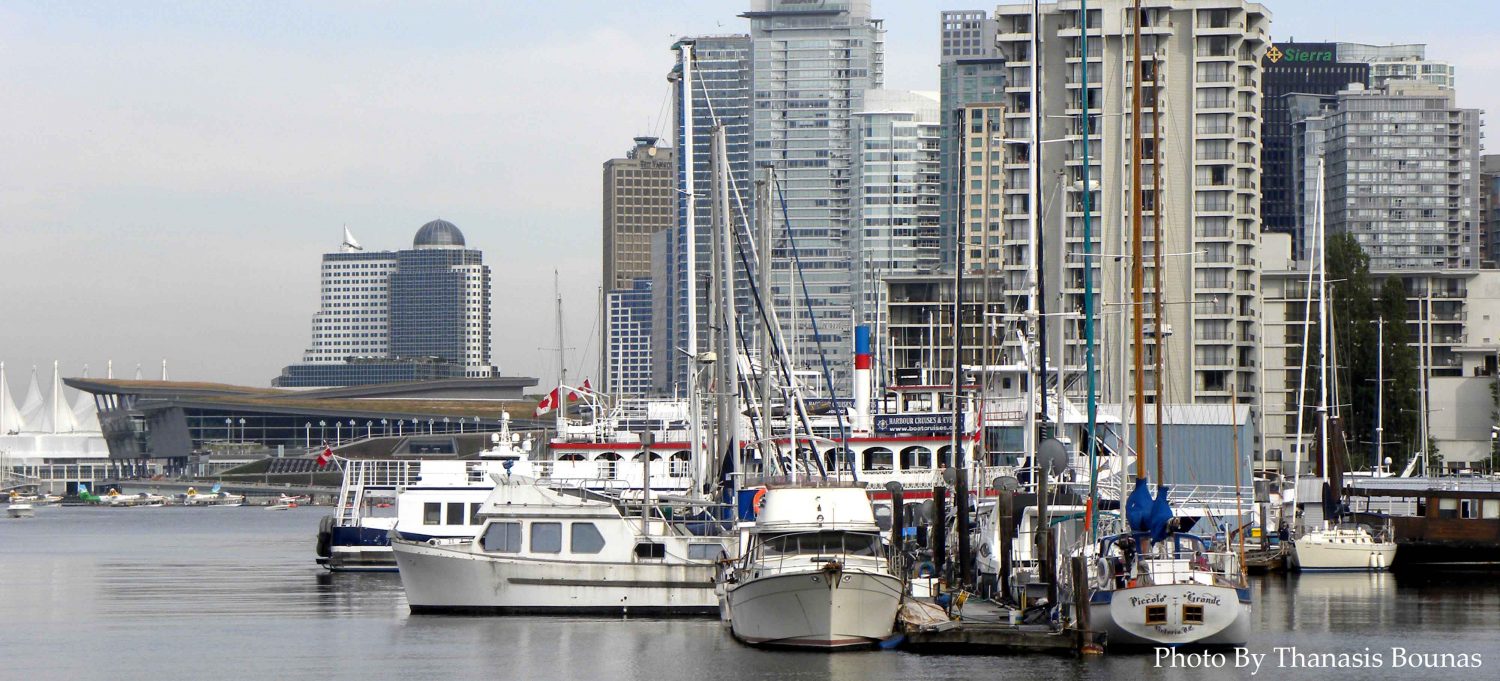
A City Born by the Sea
Perched along the southern coast of British Columbia, Canada, the city of White Rock is a place where ocean, sunshine, and community converge.
Known for its famous pier, sandy beaches, and namesake white boulder on the shoreline, White Rock has evolved from a quiet coastal retreat into one of the most charming seaside cities in the province.
Its history reflects a blend of Indigenous heritage, railway expansion, and the timeless appeal of the Pacific shore.
Indigenous Beginnings
Long before European settlers arrived, the lands and waters around White Rock were home to the Semiahmoo First Nation.
Their name, meaning “half-moon,” describes the crescent-shaped bay that remains central to the region’s identity.
For centuries, the Semiahmoo people fished, gathered shellfish, and built communities along the coast, maintaining a deep spiritual and ecological connection to the sea.
Their presence and traditions form the true foundation of White Rock’s history.
The Mystery of the White Boulder
The city’s most iconic landmark — the massive white boulder resting on the beach — gives White Rock its name.
Local legend tells of a young Semiahmoo chief who threw the stone across the waters to mark the place where he would build his future home.
Over time, the rock became a symbol of love, strength, and permanence.
Naturally whitewashed by bird life and later repainted by residents, it remains one of British Columbia’s most photographed natural symbols.
Arrival of the Railway
The next major chapter began in 1909, when the Great Northern Railway extended its line through the area, connecting Vancouver with Seattle.
White Rock quickly became a popular stop along the coast, attracting both visitors and settlers drawn to its scenic views and seaside charm.
With the train came opportunity — hotels, cafes, and cottages soon dotted the waterfront, creating the early shape of the community we know today.
Growth of a Seaside Town
By the 1920s and 1930s, White Rock British Columbia had become a beloved vacation spot for city dwellers escaping Vancouver’s bustle.
Its long sandy beach, mild climate, and quaint shops gave it the feel of a European resort.
Families came for picnics, swimming, and strolls along the shore, while artists and writers found inspiration in the coastal light.
The town’s easygoing spirit and natural beauty became its defining features.
The Famous White Rock Pier
Built in 1914, the White Rock Pier remains the heart of the community.
Stretching nearly half a kilometer into Semiahmoo Bay, it originally served as a dock for ships and fishing boats.
Over the decades, it transformed into a recreational landmark — a place for fishing, sunset walks, and community gatherings.
Even after being severely damaged by a storm in 2018, the pier was lovingly restored, symbolizing the resilience of the city itself.
Becoming a City of Its Own
In 1957, White Rock officially separated from the surrounding District of Surrey to become its own municipality.
Residents wanted to preserve the area’s seaside charm and independent spirit.
That decision allowed the city to shape its growth on its own terms — focusing on livability, cultural identity, and tourism.
Today, that independence continues to define the White Rock way of life.
Art, Culture, and Community
Throughout the late 20th century, White Rock developed a strong reputation as a cultural hub.
The city became home to galleries, live music venues, and public art installations that celebrate local heritage.
Festivals such as the White Rock Sea Festival and Tour de White Rock draw thousands of visitors each year.
The community’s connection to the ocean continues to inspire creativity and unity.
The Modern Waterfront
Modern White Rock blends history with sophistication.
The Marine Drive promenade, lined with restaurants and cafes, welcomes visitors year-round, while the beach remains the city’s natural centerpiece.
Development has brought new energy but also renewed focus on sustainability — balancing growth with the preservation of coastal ecosystems.
The skyline may change, but the sea remains the same timeless companion.
The Spirit of the South Coast
White Rock’s location — just north of the U.S. border — gives it a distinctive blend of coastal Canadian and Pacific Northwest culture.
Its small-town warmth, ocean breeze, and open skies continue to attract artists, retirees, and travelers.
Here, life moves at the rhythm of the tides, and every sunset seems to linger just a little longer.
It’s a place that celebrates both heritage and horizon.
In Reflection
The history of White Rock, British Columbia, Canada, is a story of transformation and belonging.
From Indigenous lands and railway roots to seaside cottages and cultural festivals, each era has left its mark on this coastal gem.
To walk along the pier or touch the great white boulder is to connect with generations who found beauty, work, and peace by the sea.
White Rock endures as one of British Columbia’s brightest reflections — timeless, welcoming, and forever shaped by the ocean.











Be the first to comment